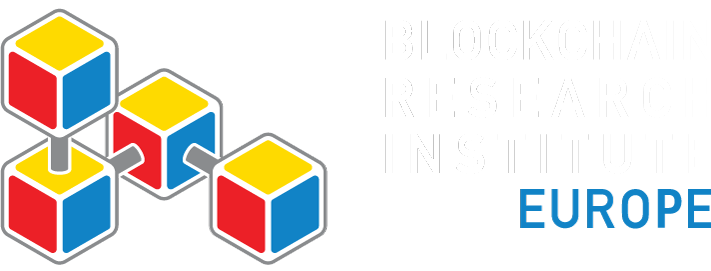CIO
HORIZONTAL 2
Information Technology
Blockchain creates significant opportunities and challenges for the CIO and the IT function. Every firm will need a target architecture and a migration strategy such that new investments contribute to a desired future rather than perpetuating the past. Such programs need to engage the Chief Information Security Officer as blockchain may be the solution to many security challenges.
As with other big innovations like the PC, the web, mobility and the social web, blockchain experimentation is often starting outside the IT function. Thoughtful CIOs should view this positively because every business will become a blockchain business and every business leader needs to explore opportunities for transformation.
The trouble is that IT challenges are enterprise challenges. Companies need to have an integrated, enterprise architecture to have a single version of the truth and to harness the power of blockchains. They need to have security standards and systems to protect them from bad actors. They need back up capabilities to ensure business continuity. They need an enterprise strategy for the next generation of blockchain collaboration tools and systems to cut across business silos. They need to have elite IT talent to deal with the many complexities of becoming a blockchain business. The program will investigate solutions to this dilemma. We believe a new model of the IT function is emerging, and one that makes the CIO more important than ever.
One solution is what we call the Blockchain Services Supermarket: The CIO anticipates business needs and provisions a rich supply of services, from standards for blockchain application development and architecture compliant applications to elite talent with expertise in blockchain architecture and development—all in the “shelves” of a supermarket. The business customer goes to the supermarket—a self-service portal or catalogue—and pulls up the available services. They choose the services, and the level of service required and combines them to meet their technology needs.
How can a CIO get started? Personal use of this technology is a precondition to comprehension and CIOs should download a digital wallet and buy something with digital currencies. Beyond that how can CIOs take steps to ensure they and their organizations are informed about the blockchain revolution and the best practices in hiring or transitioning key blockchain IT talent to get going. What does a next generation blockchain architecture project look like? Pilots and proofs of concept are a must. But what kinds of pilots make sense in every industry to gain experience and achieve initial successes? Who should companies partner with—established technology vendors or startups? How can companies overcome suspicion of competitors to collaborate towards a common end?
